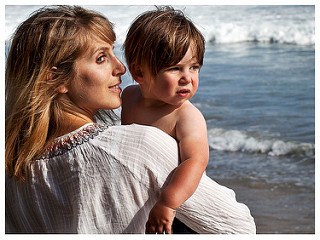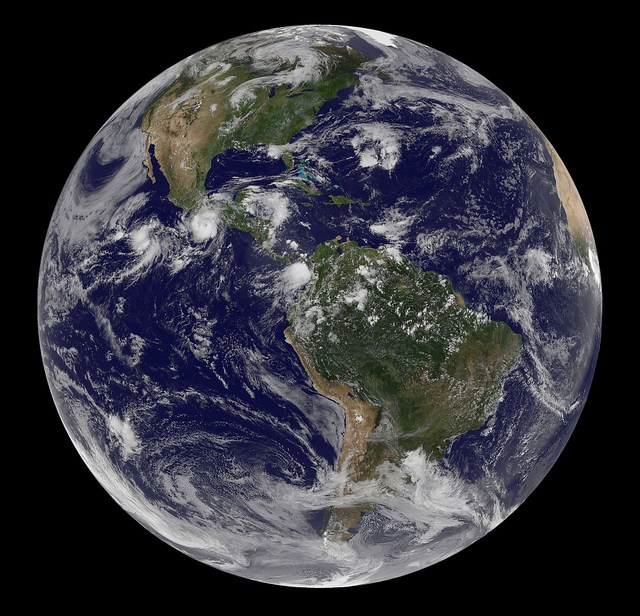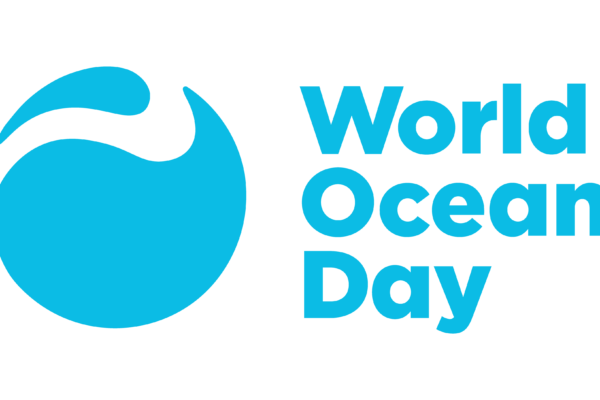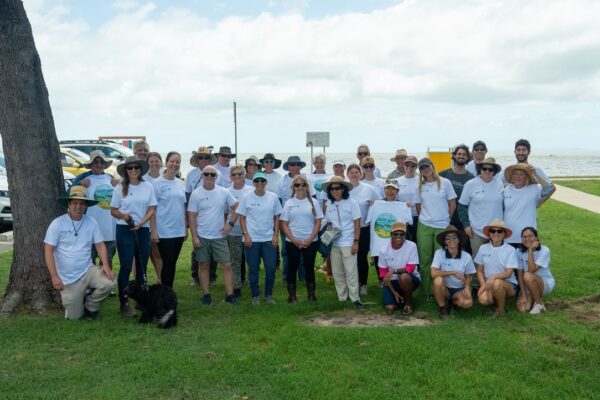In this week’s round up: How to deliver a relevant message on climate change by framing it as a human problem.
If you’re a science communicator or educator at an informal science center (such as a zoo, aquarium, or museum) trying to understand the perspectives of your audience and find ways to promote conservation action – this is the round up for you! Every week we break down the most interesting recent news and best resources to help you frame the issues as effectively as possible. Some of these resources will be practical communications and framing tips, and others are great starting points for brainstorming future strategies.
Jump to…
A key challenge climate change communicators face is striking an emotional connection with their audience. People like to see an immediate response to their actions, but global warming is a problem with impacts AND solutions that seem far-off in time and diffuse. The nature of global warming makes it seem impersonal and intimidating to tackle. As such, one of the most essential aspects of effective climate change communication is to put a human face on it.
Talk about people
Words that beat ‘global warming’ and ‘climate change’ — a guide – Ever wonder if it is more effective to use the term “global warming” or “climate change?” This article suggests that we should use neither, but rather should stick to plain, simple language that everyone can understand and connect to. Focus on words that impact everyday life such as “pollution,” “health,” “creating jobs,” and “extreme weather.”
No, climate change won’t kill the planet. But it’ll kill plenty of people. – It is important to keep in mind that climate change is not inherently an Earth problem, but rather it’s a people problem. Regardless of how intense the effects of climate change get, the Earth will continue to spin. Further, as the fossil record shows us, given a few million years, the Earth will repopulate with cool and amazing life forms that we never could have imagined. With this in mind, as global warming leads to more extreme weather events, food issues, and other conflicts, we must realize that combating climate change is largely a battle to protect human life as we know it. It is the great challenge of our generation.
Keep it tangible
Warming Threatens Roads, Ports and Planes, Report Says – One of the reasons people struggle to connect with climate change is the lack of tangible outcomes. This article provides concrete examples of how global warming will impact life as we know it, specifically focusing on the transportation sector.

Photo by Michelle Haymoz, flickr user swissyogini
The White House’s Clever Way to Sell Americans on Climate Change – President Obama discusses curbing carbon emissions as a means to protect the health of the elderly and the youth. According to a study from Yale University’s Project on Climate Change Communication, framing climate change communication centered on health threats, specifically those affecting youth, is a powerful strategy to put a human face on global warming.




